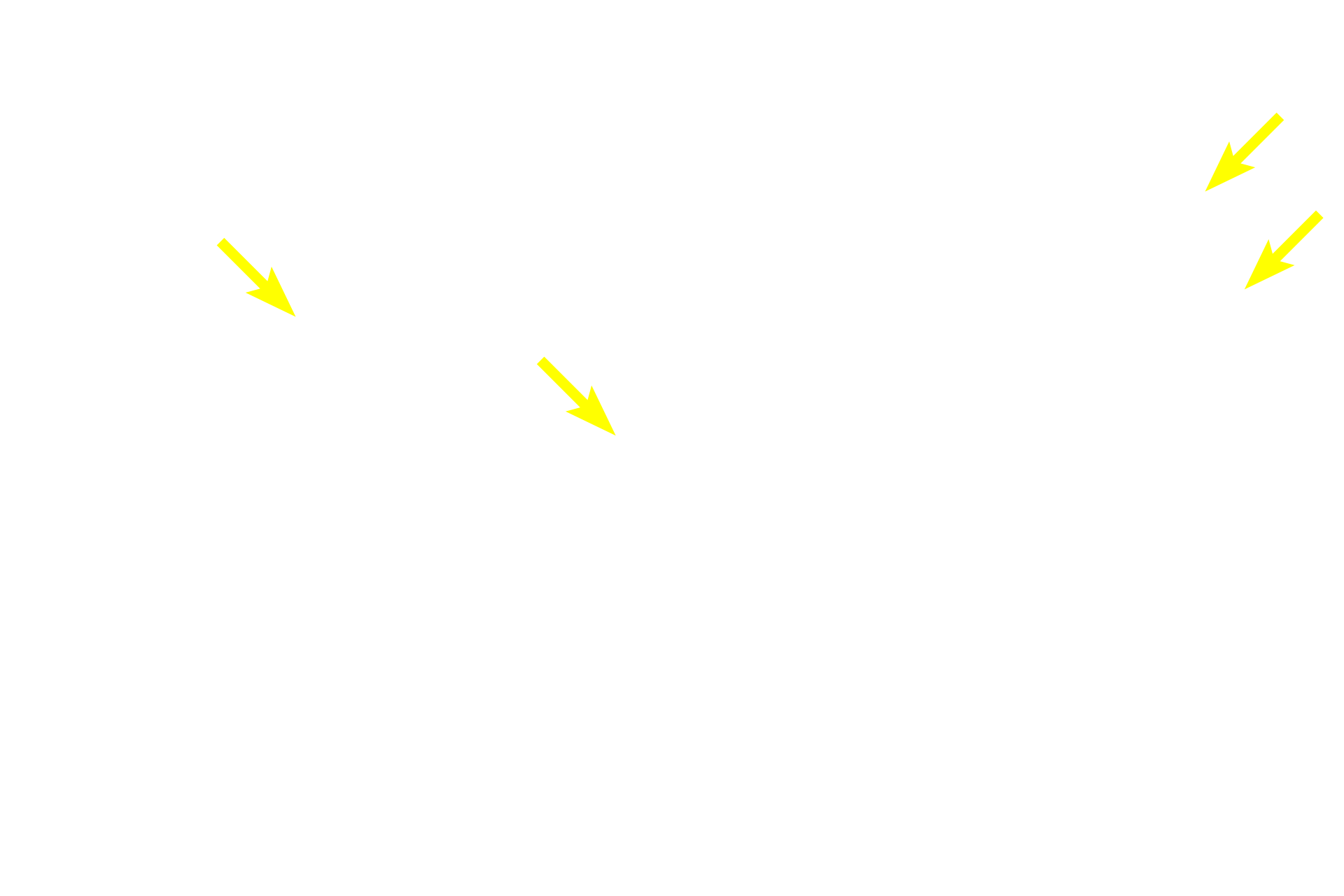
Large intestine
The mucosa of the large intestine is lined by absorptive and goblet cells forming a simple columnar epithelium with microvilli. Goblet cells increase in number from the beginning to the termination of the large intestine, providing lubrication. A reduced number of enteroendocrine cells is present. Straight intestinal glands are typical of the large intestine. 400x

Mucosa
The mucosa of the large intestine is lined by absorptive and goblet cells forming a simple columnar epithelium with microvilli. Goblet cells increase in number from the beginning to the termination of the large intestine, providing lubrication. A reduced number of enteroendocrine cells is present. Straight intestinal glands are typical of the large intestine. 400x

- Epithelium
The mucosa of the large intestine is lined by absorptive and goblet cells forming a simple columnar epithelium with microvilli. Goblet cells increase in number from the beginning to the termination of the large intestine, providing lubrication. A reduced number of enteroendocrine cells is present. Straight intestinal glands are typical of the large intestine. 400x

- Goblet cells
The mucosa of the large intestine is lined by absorptive and goblet cells forming a simple columnar epithelium with microvilli. Goblet cells increase in number from the beginning to the termination of the large intestine, providing lubrication. A reduced number of enteroendocrine cells is present. Straight intestinal glands are typical of the large intestine. 400x

- Lamina propria
The mucosa of the large intestine is lined by absorptive and goblet cells forming a simple columnar epithelium with microvilli. Goblet cells increase in number from the beginning to the termination of the large intestine, providing lubrication. A reduced number of enteroendocrine cells is present. Straight intestinal glands are typical of the large intestine. 400x

- Intestinal glands
The mucosa of the large intestine is lined by absorptive and goblet cells forming a simple columnar epithelium with microvilli. Goblet cells increase in number from the beginning to the termination of the large intestine, providing lubrication. A reduced number of enteroendocrine cells is present. Straight intestinal glands are typical of the large intestine. 400x

- Muscularis mucosae
The mucosa of the large intestine is lined by absorptive and goblet cells forming a simple columnar epithelium with microvilli. Goblet cells increase in number from the beginning to the termination of the large intestine, providing lubrication. A reduced number of enteroendocrine cells is present. Straight intestinal glands are typical of the large intestine. 400x

Submucosa
The mucosa of the large intestine is lined by absorptive and goblet cells forming a simple columnar epithelium with microvilli. Goblet cells increase in number from the beginning to the termination of the large intestine, providing lubrication. A reduced number of enteroendocrine cells is present. Straight intestinal glands are typical of the large intestine. 400x